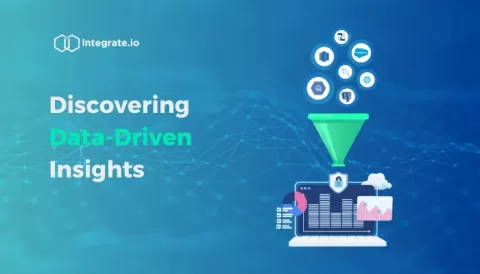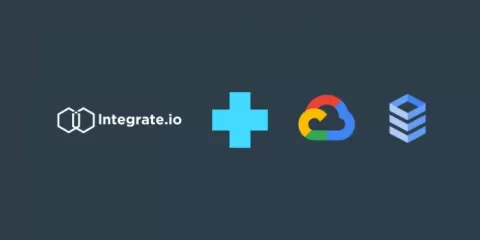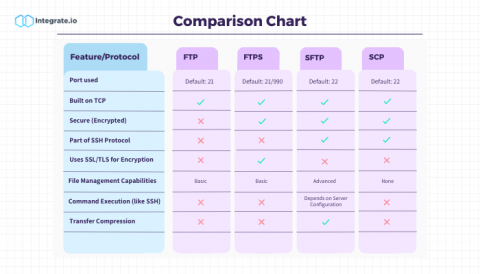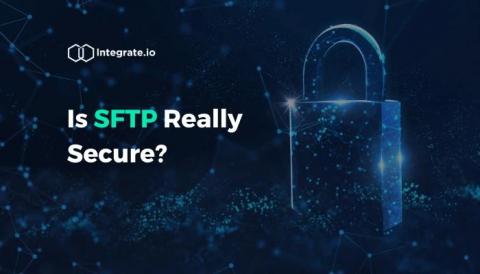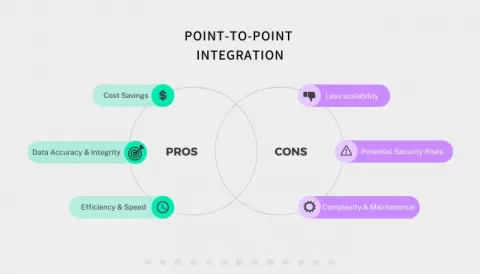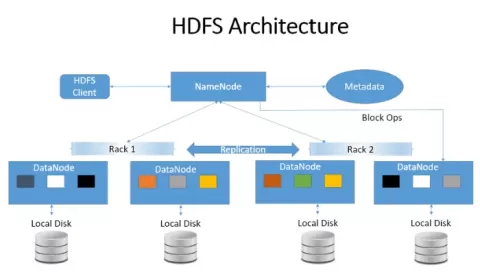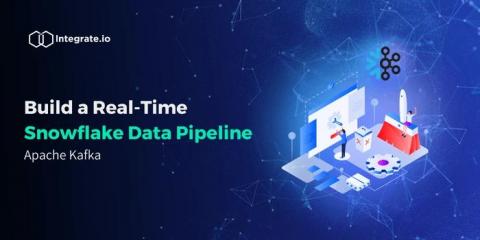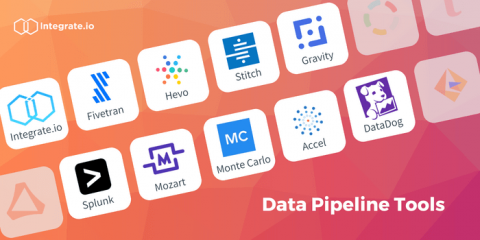What Are Data-Driven Insights & How Do You Uncover Them?
The best business decisions—those that generate results—are backed up by solid data. But raw data just won't cut it. Instead, you must generate actionable and valuable data-driven insights. These actionable insights about your customers, your industry, the economy, and beyond help your business grow. For example, they can support the decisions you make to develop new products or expand into new locations. But how do you uncover these data-driven insights?


